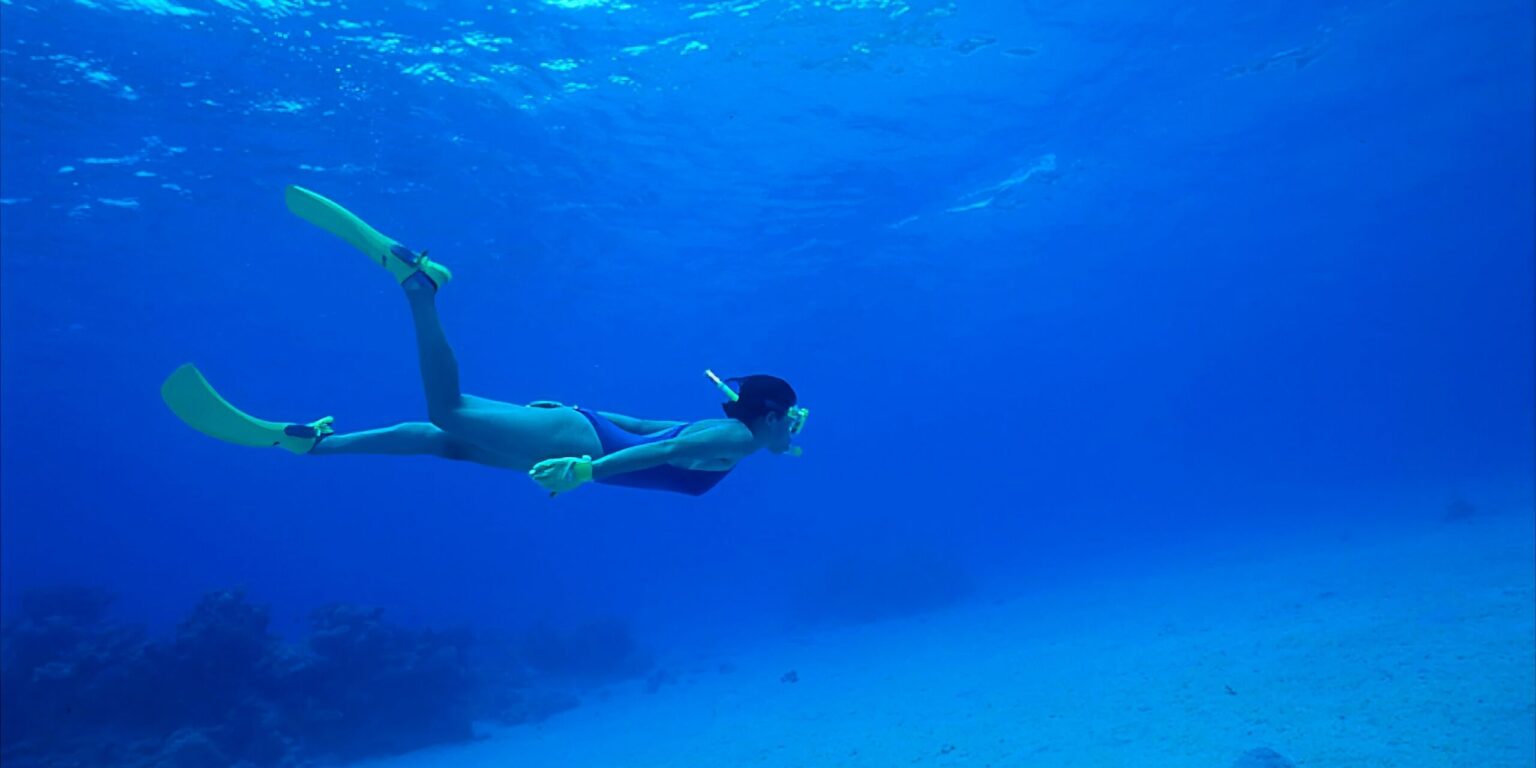The National Institutes of Health (NIH) spotlighted the growing connection between natural environments and mental health in its July 2025 health bulletin, with a particular emphasis on the benefits of open-ocean swimming. According to recent NIH-supported studies, open-water immersion is more than just a recreational activity—it provides measurable improvements in stress reduction, cardiovascular health, and psychological resilience. Unlike chlorinated pool environments, ocean swimming is shown to lower cortisol levels, elevate mood, and support full-body muscle engagement, offering a form of therapy that combines physical exertion with the restorative power of nature.
The bulletin notes that open-ocean swimming is being increasingly recognized by behavioral scientists as a complementary intervention for mood disorders, anxiety, and chronic stress. The cold water and rhythmic breathing associated with wild swimming stimulate the parasympathetic nervous system, which governs rest and recovery. Additionally, the immersive nature of oceanic environments fosters what researchers call “blue mindfulness”—a meditative state encouraged by fluid motion, vast surroundings, and minimal sensory distractions. Studies from Europe, New Zealand, and coastal regions of the U.S. report that individuals who regularly engage in ocean swimming show marked improvements in emotional regulation, sleep quality, and cognitive focus.
While these findings have not yet translated into formal clinical prescriptions, the NIH bulletin points to a growing movement within integrative health practices that supports “blue space therapy.” Coastal clinics and mental health providers are beginning to incorporate open-water sessions as part of holistic care plans. The NIH is now exploring ways to further fund community pilot programs that expand access to safe ocean swimming for underserved populations and veterans dealing with PTSD.
The bulletin’s broader theme emphasizes mental well-being, with several updates on ongoing NIH-funded initiatives targeting real-world mental health interventions. Currently, six major projects are developing and testing quality measures that assess patient outcomes in non-traditional care settings. These tools aim to close the gap between clinical research and community care, ensuring that interventions in schools, mobile health clinics, and primary care centers deliver demonstrable results. The emphasis is on building scalable, evidence-based solutions that improve access and effectiveness across diverse populations.
Another critical focus area in the July release is cognitive health and neurological research. Under the NIH’s BRAIN Initiative, scientists have made strides in decoding gene regulation in human brain cells, allowing for better understanding of neurodevelopmental and neurodegenerative disorders. Researchers have mapped key gene pathways responsible for synaptic formation and cell repair, offering insight into conditions such as Parkinson’s disease, Alzheimer’s, and autism spectrum disorders. This gene-level understanding is helping scientists identify early biomarkers and design interventions that can delay or mitigate disease progression.
These advances are being accelerated by new tools in gene therapy and precision medicine. NIH researchers have successfully designed novel AAV (adeno-associated virus) delivery systems that can target specific populations of cells in the brain and spinal cord with high accuracy and minimal immune response. This is particularly important for developing treatments for rare and previously untreatable conditions, such as spinal muscular atrophy or certain forms of epilepsy. The July bulletin highlights a landmark breakthrough in which a targeted gene therapy was able to restore partial neural function in a preclinical model of ALS, offering hope for future human trials.
Read also: https://womensinsider.com/uti-risk-spikes-in-summer-heres-how-to-stay-safe/
In a statement accompanying the report, NIH Director Dr. Monica Bertagnolli emphasized the need for integrating lifestyle interventions with advanced medical research. “We’re entering a new era where the boundary between environmental wellness and genetic precision is fading,” she said. “Whether it’s through ocean immersion or brain-targeted gene therapies, our goal is the same: to improve quality of life using the best evidence science can provide.”
The July 2025 bulletin represents a clear reflection of NIH’s evolving mission—one that embraces both the serenity of nature and the complexity of cellular biology. The organization is investing not only in cutting-edge lab research but also in public health initiatives that tap into the natural world as a healing tool. With future funding rounds expected to support more behavioral and environmental health integration, the bulletin signals a broader shift toward holistic science-based health frameworks.
As mental health continues to be a public priority in the U.S., and as chronic stress and cognitive disorders rise in prevalence, these dual strategies—combining low-tech nature-based therapies with high-tech biomedical tools—may become a model for global health innovation.
